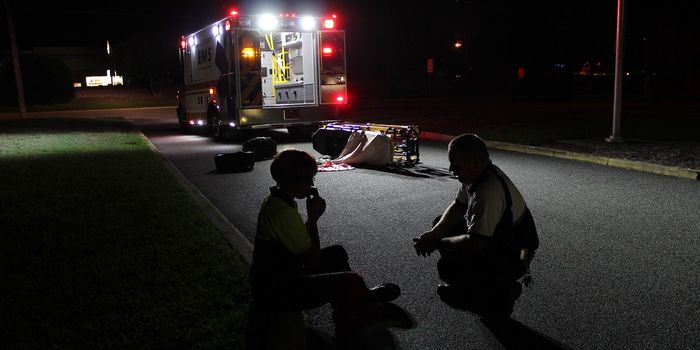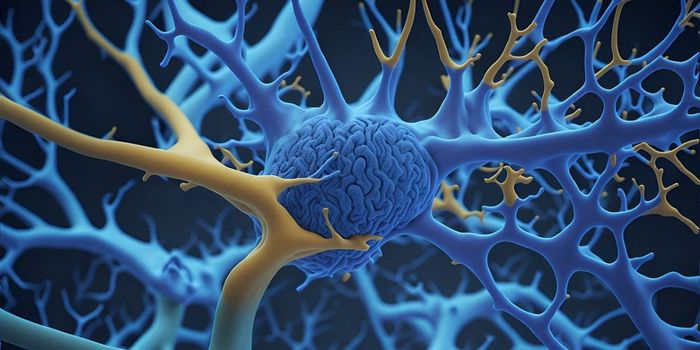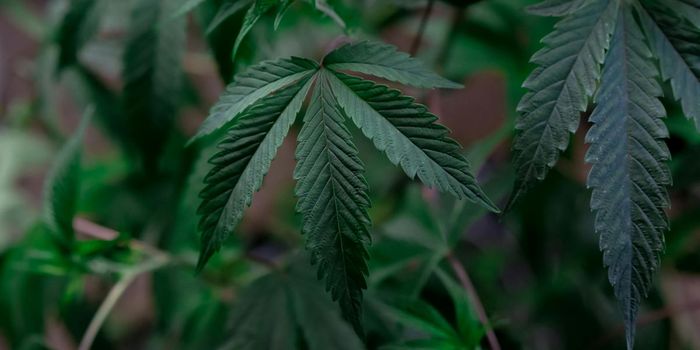Study Provides Insights into Consumption Trends of Older Medical Cannabis Patients
Adults aged 65 and over make up the fastest-growing population of cannabis consumers in states with legal medical and recreational cannabis. Previous cannabis prohibition policy was restricted to research on the medical cannabis experiences of older adults, but recent reforms have opened the door to studying specific factors impacting older medical cannabis patients. A study published in the Journal of Cannabis Research is one of the first to examine the authorization patterns, safety, and effects of medical cannabis associated with older adults.
The researchers conducted a systematic review and meta-analysis of cannabinoid-based products in 201 older adults (aged 65 and older). Cannabis authorization patterns, adverse events (AEs), Edmonton Symptom Assessment Scale-revised (ESAS-r), and Brief Pain Inventory Short Form (BPI-SF) data were collected.
A majority of participants had no previous cannabis use experience. The review found that cannabinoid medicines are safe and well tolerated by older medical cannabis consumers. The researchers pointed out that only one longitudinal study has examined the safety and effectiveness of medical cannabis in this population. Patients over 65 years of age at an Israeli medical cannabis clinic were tracked for 6 months. Their pain intensity, quality of life, and adverse events (AEs) were monitored. 93.7% of participants reported improved symptoms, and only a small number experienced minor AEs like dry mouth.
The study revealed that medical cannabis was used most commonly for pain (85.0%) and insomnia (4.8%). Cannabidiol (CBD)-dominant oils were the most commonly authorized product (54%), followed by balanced formulations comprised of a specific ratio of THC and CBD (42%), and then delta-9-tetrahydrocannabinol (THC)-dominant products (4.4%). The most frequent adverse effects included dizziness (18.2%), nausea (9.1%), dry mouth (9.1%), and tinnitus (9.1%). No serious AEs were reported. Significant reductions in ESAS-r scores were observed over time, with notable decreases in the domains of drowsiness and tiredness and significant reductions in pain symptoms, worst pain, average pain, current pain, and pain severity.
Source: Journal of Cannabis Research








